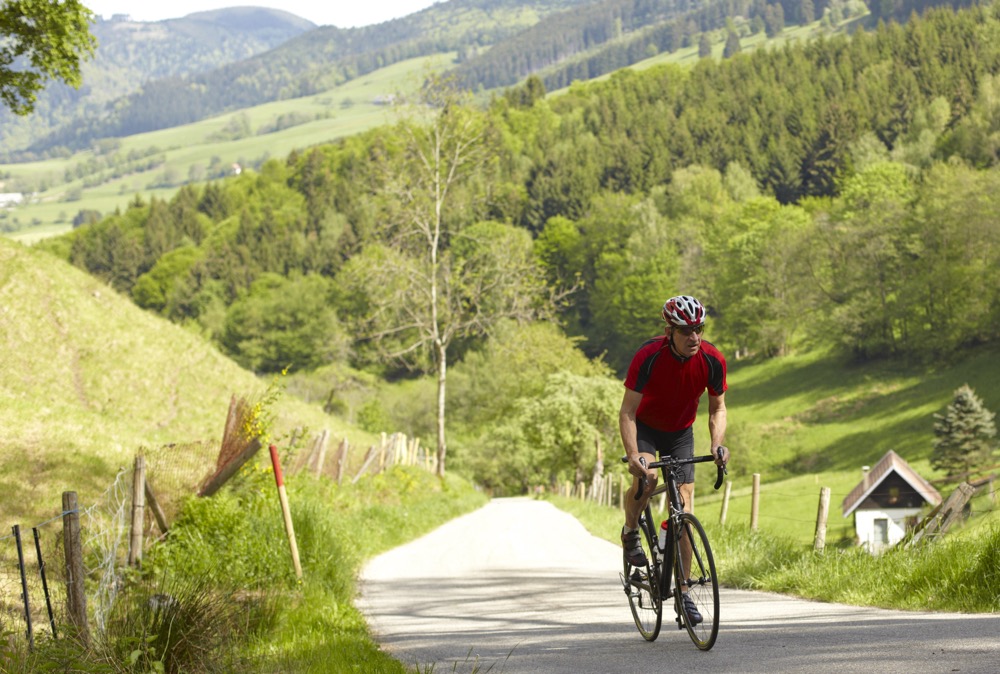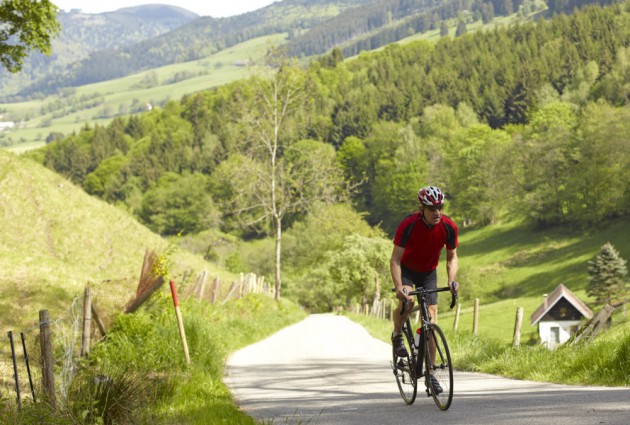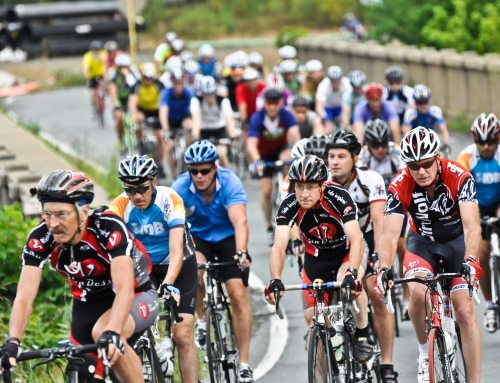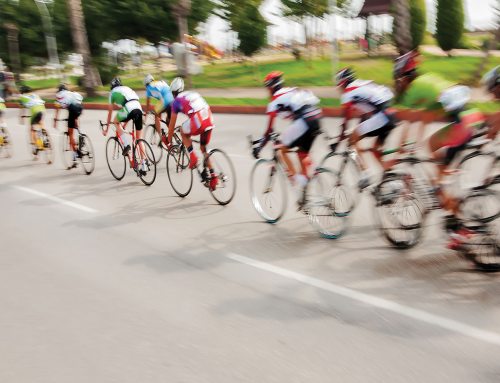By Brian Diaz
Spring is here and many of us are anxiously getting back on our road bikes and taking advantage of the beautiful weather we get this time of year. I’ve heard from several of you that this is your 3rd or 4th season riding and you are targeting an official “event” in the summer or fall and want to be ready. I have covered training for century rides in past cycling issues, but this year I will tackle an ever growing concern of many of the patients and clients that I work with… Will I be ready for a hilly course?
The term “hills” is relative being from the Triangle here in North Carolina. Most of the rises that we have here would be considered molehills or false flats for the more mountainous areas near Asheville and up into Roanoke. But I must agree with my teammates and friends who seek an event that is often in one of the more hilly areas of NC, VA, and even out West and are drawn to the beauty that surrounds you when you pick a destination event. This is where REAL riding occurs.
So how do we train for this around the flatter parts of the country? Some of you have already found the steeper sections or road nearby. In the Triangle, Lystra Road, Mt. Sinai, Pleasant Green, Borland, and Laurel Hill offer a short segment mimicking the grade that you would find in the mountains or foothills. Once you find these stretches of road you have a few options to build strength and work on climbing technique. I’ll focus on a couple of the more basic ones.
First, is hill repeats. Most of you have already done something like this in cycling workouts and know the success that it offers. In general, I consider 1,000 feet in elevation gain over 10 miles a good amount of climbing. A popular regional fall event, the Hincapie Gran Fondo, has an 80 mile ride with over 8,000 feet elevation gain. In order to mimic this kind of ratio, you need to loop back quickly to climb again. Most the segments mentioned above in the Triangle will need you to immediately turn around once at the crest and drift back down only to do it again.
Second, is cadence based climbing. Some call this big ring/little ring drills. High cadence climbing taxes the cardiovascular system more and low cadence puts more strain on the leg muscles. Both are needed when climbing so work on your weak spots. If you have endurance and cardiovascular intact then focus on the strength component and if you’re already a bruiser and masher on the bike then focus on high cadence riding when doing your intervals.
One of my favorite workouts for building strength in climbing is to find a longer section of incline (it doesn’t have to be a categorized climb but something that has a decent 5% grade or higher average over at least a half mile) and then warm up for about 5-10 miles before getting to the base of the “climb”. Once you get there, climb the first one easy and under control. Turn around and coast back down. The next one climb as hard as you can, trying to reach the summit as fast as your bike will carry you. Turn around. The 3rd attempt, go high cadence only. If you have a cadence device to measure you would want this to be 90+ and in an easy “granny” gear. This will allow the legs a little break before you go for your 4th attempt in the hardest gear you can push while still keeping momentum going up the hill. If you still have energy left after that, go for a 5th time as fast as possible.
That will be a burner. Lungs, heart, and legs should be taxed and tired, if done correctly and to the limits. This type of workout is rarely done more than once or twice each week. If you still need volume, add some miles in after and have a great ride on tired legs.
Ultimately, there is no substitute for the mountains. While it’s beauty cannot be ignored, neither can is long and sustained climbs. Hopefully this will help you control your fear and strengthen your legs for a great ride and event!
# # #
Brian Diaz is the head physical therapist and sports specialist at ActivEdge Fitness & Sports Performance. He is a Level II Certified TRX Suspension Trainer and a USA Triathlon Certified Coach. Follow him on Twitter (@JediTriathlete) or go to his website at ExperienceTheEdge.com for more exercise ideas.








